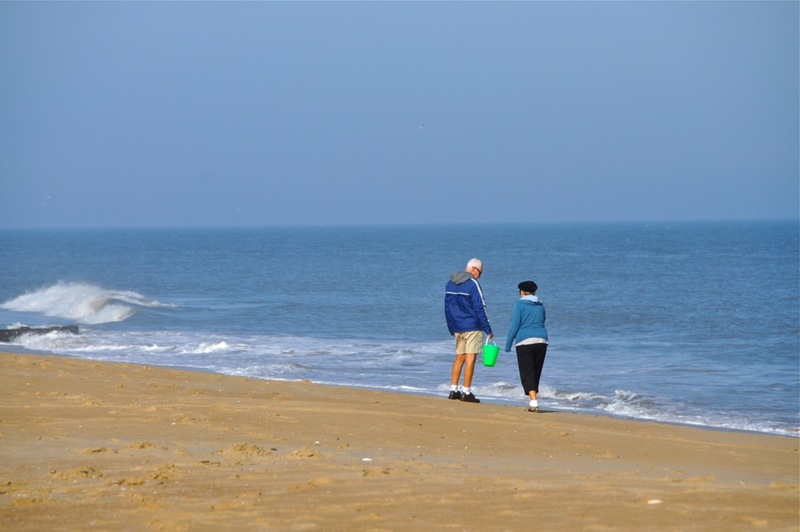The Cape Region beaches could soon be awash in pollution and trash carried into coastal waters from Philadelphia by Hurricane Sandy.
Suzanne Thurman, executive director of Marine, Education, Research and Rehabilitation, in Lewes said the group expects to see an increase in strandings and wildlife deaths.
"We are on high alert because we saw an increase in the days before the storm, with four stranded animals in less than 24 hours," Thurman said of the three turtles and one dolphin that washed up on Cape Region shores before Hurricane Sandy hit.
"We are mobilizing teams to patrol the beaches in search of stranded marine mammals and sea turtles," Thurman said.
Dr. Andreas Muenchow, associate professor of coastal oceanography at the University of Delaware, said debris that ends up on Delaware's shores generally comes from the north, but most of the trash and pollution from New York and New Jersey as a result of Sandy will stay out to sea.
Muenchow said large debris would be trapped off of Cape May because of tidal currents. Debris within the Delaware Bay from Philadelphia is more likely to arrive on Delaware's shoreline, he said.
Behind the MERR building, volunteers collected a wheelbarrow full of debris that has already washed up in the days since the storm.
"Debris that has washed into the water from land is a hazard, and highly contaminated water is also a huge concern," Thurman said.
Debris floating in the water could injure marine animals, while contaminated waters could cause sickness and death, she said.
"That kind of contamination often works slowly over time to debilitate an animal," said Thurman.
Even if marine animals avoid debris and contamination such as oil, gasoline and chemicals, the animals could become sick from eating contaminated fish or other food sources, she said.
Strong tidal currents often deposit Delaware debris back onto Delaware beaches, but the amount of debris that will come ashore also depends on the wind direction, Muenchow said.
"If the wind is coming from the north, it pushes debris onshore; if the wind is coming from the south, it pushes it off-shore," Muenchow said.
"Because it has rained a lot and because of the storm, the rain brings a lot of freshwater discharge into the ocean," he said. "This water from swollen rivers has a lot of sediment and debris in it. The freshwater adds to the tidal currents, making the currents stronger because of the added kick."
Muenchow said north winds from the nor'easter, expected on Wednesday and Thursday, could bring more debris to Cape Region shores.
"The storm surges associated with nor'easter raise sea level the same way that a wind to the south would," Muenchow said. The debris can take a few days to turn up on Delaware beaches, however, because it takes time to move from rivers and streams into the bay tidal currents.
In the case of Hurricane Sandy, fresh water from streams and Delaware River carries debris and can affect the tides, especially as the tide goes out, Muenchow said. The water coming into Delaware Bay during a flood tide will be slightly weaker because the rush of fresh water from rivers and streams forces more water out of the bay at each tide.
And, Muenchow does not expect storm surges to wane in the future. Flooding from Hurricane Sandy, while bad in many areas, was not a 1-in-200-years event, as some called it, Muenchow said.
"Similar flooding in Lewes has happened at least five times in the past 55 years and will increase, not because storms are getting stronger or more frequent, but because the background sea level is rising and has done so for at a steady rate for at least the last 55 years," Muenchow said. "So smaller storm-induced surges have more of an impact, because the background sea level is much higher today than it was in 1962."
Muenchow said changes in sea levels across the globe will affect the Cape Region in the future, resulting in higher storm surges, like the one seen during Hurricane Sandy.
"So 50 years from now, a rare, but perhaps perfectly natural freak storm like Sandy will cause a storm surge of 5.8 feet instead 5.3 feet on account of global warming," Muenchow said.



























































